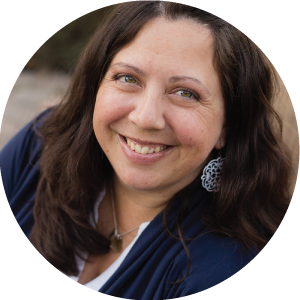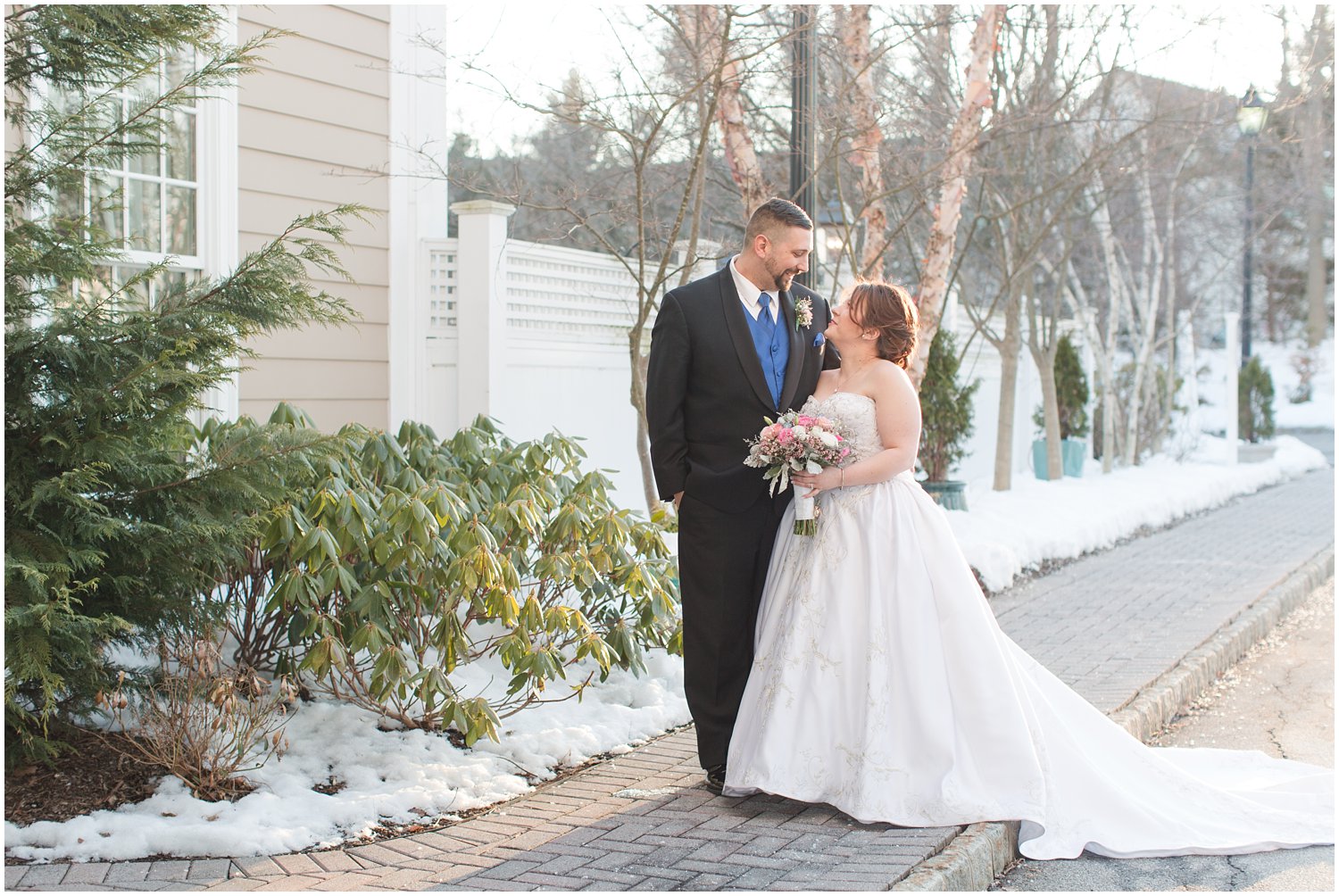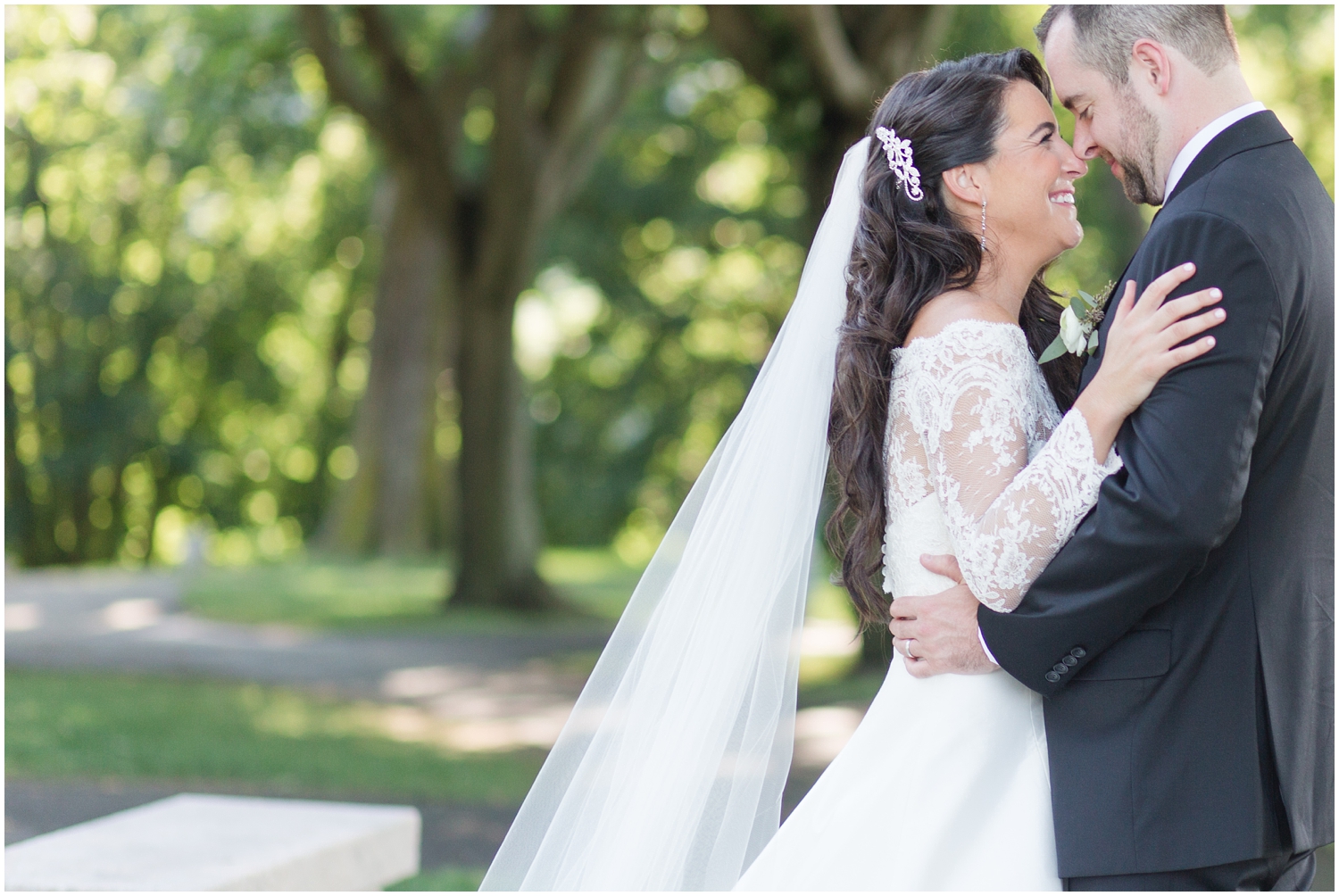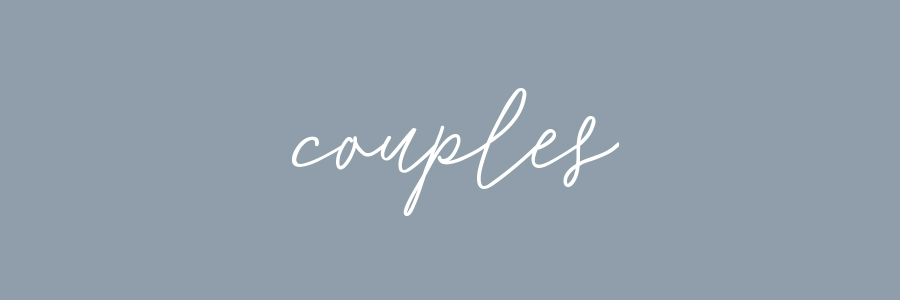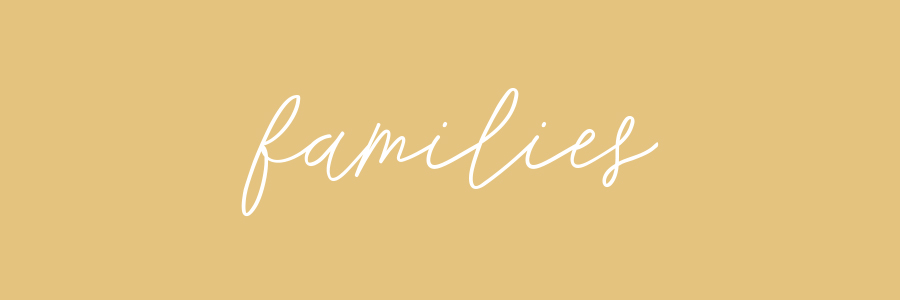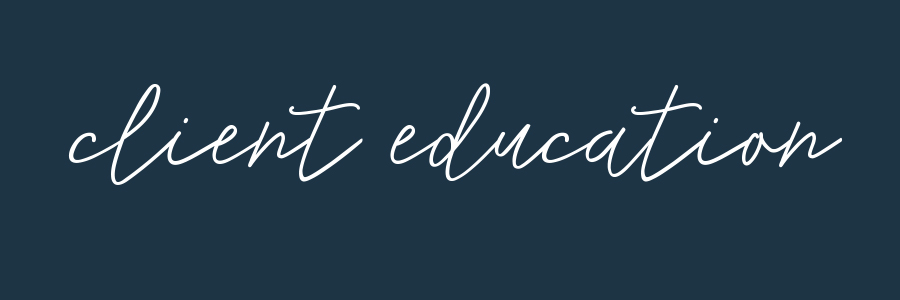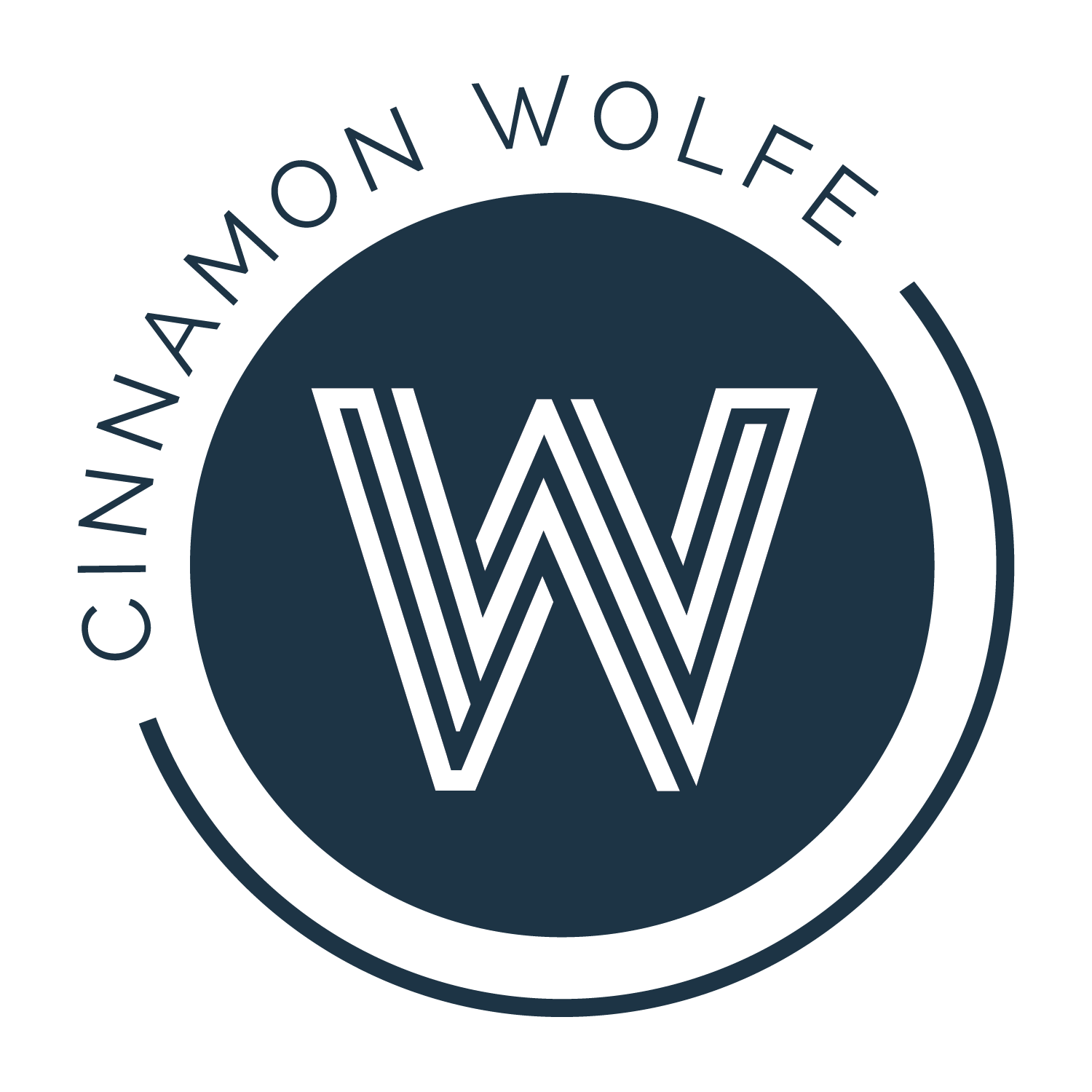The First Year // Lenses
/If you are just coming across this post....click HERE for links to other posts in the series!
Soon after I started my study of all things photography, I discovered my kit lenses weren't going to cut it. Because most kit lenses are made of plastic and they cannot open up to very wide apertures, you are limited in the style of photography you can achieve. The sharpness of your photos is also affected.
After reading about it over and over again, I finally (and by finally, I mean like three weeks after I had the camera) bought a “nifty 50" (a 50mm 1.8 prime lens.) This lens, as many have said, really changed everything about what I was doing. Putting the 50 on my camera and then putting on my kit lens, I could physically SEE the difference in focal distance. You can read about that all day long, but I didn't get it until I experienced it myself. It also allowed me to open up much wider. The widest aperture on the 50 is 1.8 and on my kit lens it was 3.5. That is a HUGE difference and changed my ability to get better lit photos with much better bokeh.
After acquiring the 50, I continued to learn a LOT about lenses. I figured out the difference between prime and zoom and a fixed zoom and what all of the descriptions meant. I can tell you exactly what a 70-200mm f3.5-f5.6 description means and how a 70-200 fixed 2.8 is different. I learned that more expensive lenses are referred to as “glass” because…wait for it…their insides are made of glass and not plastic. Imagine that?!
My next lens purchase needed to replace my kit lens. A 50 is great but since it is a prime lens the only way to zoom is to move your feet and for what I wanted to do, that just wasn't going to cut it. I proceeded to do some massive research on the best lens to cover the 20-70 focal range for the best price and landed on the Tamron 28-75. This lens continues to be my workhorse. Because I shoot a lot of families with small children, I need something that will zoom as well as something that is wide enough to get a whole family in the frame. Although I would eventually love to have something wider than 28 for more artistic shots, this lens is on my camera 85% of the time during a family session and remains sharp and accurate. It is quick to focus and I do really love everything about it.
I went on a bit of a lens shopping spree at one point last summer and picked up three other lenses at the same time. I acquired a 50mm 1.4, an 85mm, and a wide angle lens. Paul was starting to learn more about how to use the camera in manual and I wanted to put the 50mm f1.8 on the backup camera for him to use. This is the only reason I bought another 50mm.
Since that point, I have sold the 17-40 in order to purchase at 70-200. My reasoning behind this boils down to a few different things. I do love a really good wide angle shot with a lot of negative space, but I was finding that with the 17-40 I would use it maybe once during a shoot for only that shot. I was learning a lot more about focal length, compression and depth of field at that time and I knew that I wanted to add a 70-200 to my collection. Since my Tamron gave me a nice ability for negative space already with the 28 focal length, I decided it would be best to sell the 17-40 and pick up the 70-200 instead. I do not regret this decision. The 70-200 is a fantastic lens. The compression you can achieve at 200 is just so buttery and brilliant. I would and will use it way more for portrait work than with families, but I still am very glad it is in my repertoire.
I would at some point like to pick up a 100mm macro or 135mm as well as maybe a 10-20mm wide angle. Having the full spectrum of focal ranges covered is great but I feel like also it sometimes causes analysis paralysis by way of providing TOO many choices. I know what each lens is capable of doing, but they definitely aren't always necessary for general family photography. If someday I grow more into senior/engagement/wedding photography then maybe I will reconsider my lineup for lenses that suit those needs better.








